Beginner’s Guide to Aquarium Temperature for Cichlids
Published: 5 Apr 2025
Caring for cichlids can be an exciting and rewarding experience, but ensuring their environment is just right is crucial for their health and happiness. One of the most important factors is the aquarium temperature for cichlids. The right water temperature ensures that your cichlids are not stressed, that their metabolism functions correctly and that they stay healthy.
In this comprehensive guide, we’ll explore everything you need to know about water temperature for cichlids, from optimal temperature ranges to troubleshooting temperature-related issues in your tank.
Why Temperature Matters in a Cichlid Tank
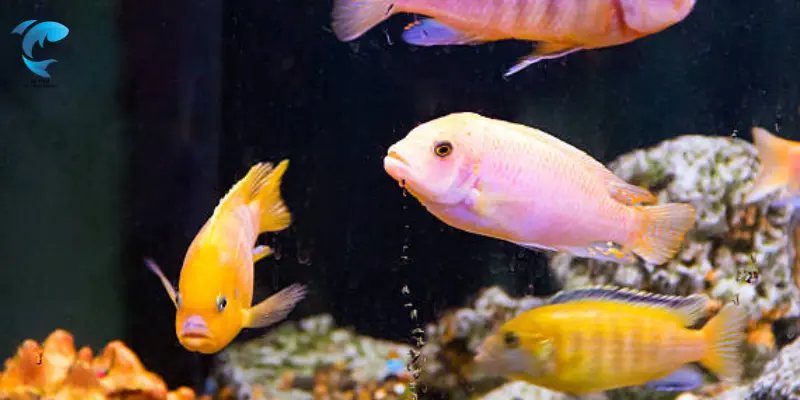
When it comes to aquarium care, temperature is often overlooked, but it plays a pivotal role in maintaining a healthy environment for your fish. Temperature for cichlids directly affects their metabolism, immune system, and overall well-being. If the temperature is too high or too low, it can lead to stress, a weakened immune system, and an increased risk of diseases. Maintaining the correct temperature is essential for the following reasons:
- Fish metabolism: Cichlids, like all fish, are cold-blooded. Their metabolic rate is influenced by water temperature. If the water is too cold or warm, their metabolism will slow down or speed up, affecting their feeding habits and energy levels.
- Stress and immune health: Cichlids are sensitive to temperature fluctuations. Constant stress from temperature changes can weaken their immune systems, making them more susceptible to diseases such as ich (a common parasitic infection) or fungal infections.
- Breeding behavior: The right temperature can also trigger breeding behaviors. Many cichlid species rely on specific temperature ranges to begin their mating rituals.
Ideal Temperature Ranges by Cichlid Type
Different types of cichlids come from different regions worldwide, each with unique water temperature preferences. Below are the recommended temperature ranges for some of the most popular cichlid species.
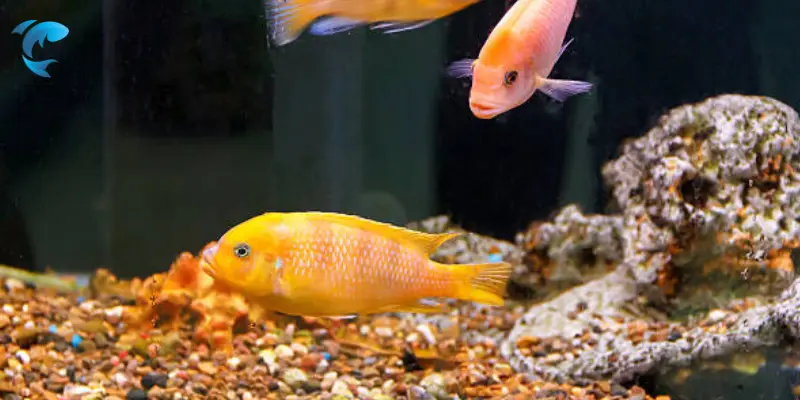
African Cichlids
Lake Malawi: The water temperature in Lake Malawi typically ranges from 76–82°F (24.5–27.5°C). This range supports the health and activity levels of cichlids, including popular African cichlids.
Lake Tanganyika: Cichlids from this lake thrive in slightly calmer waters, with an ideal range of 75–80°F (24–26.5°C).
Lake Victoria: Cichlids from Lake Victoria prefer a temperature range of 74–78°F (23.5–25.5°C).
South American Cichlids
Discus: These beautiful, delicate cichlids need warmer waters with an optimal 82–86°F (27.5–30°C).
Angelfish: Angelfish can tolerate a slightly more incredible range, with the ideal water temperature being 78–82°F (25.5–27.5°C).
Dwarf Cichlids: (e.g., Apistogramma, Ram): These smaller species thrive in water temperatures between 76 82°F (24.5 and 27.5°C).
Central American Cichlids
Convicts and firemouths: These species prefer slightly cooler water, and their ideal temperature range is between 74–80°F (23.5–27°C).
Jack Dempsey: Known for their aggressive nature, these freshwater cichlids thrive at a temperature range of 76–82°F (24.5–27.5°C).
Key Takeaway
Always tailor the water temperature to the specific species of cichlid you are keeping. The optimal temperature for cichlids varies depending on their geographic origin and natural habitat.
How to Monitor and Control Tank Temperature
Keeping your tank’s temperature stable is key to maintaining a healthy environment for your cichlids. Here’s how to monitor and control the temperature in your aquarium:
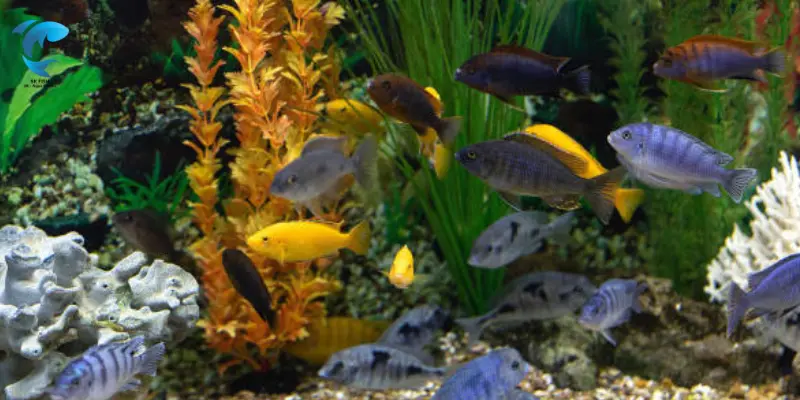
- Types of aquarium thermometers: There are two main types of thermometers: digital and analog. Digital thermometers are more precise and easier to read, while analog thermometers can be less expensive but may require more effort to get an accurate reading.
- Where to place the thermometer: For an accurate reading of the water temperature, place your thermometer near the water inlet (where the filter returns water to the tank). This area typically experiences the most consistent temperature.
- Ideal temperature fluctuation range: Your cichlids prefer stable temperatures. Their temperature should fluctuate by no more than ±2°F (1°C) throughout the day.
Best Heaters for Cichlid Tanks
Maintaining a stable water temperature often requires an aquarium heater. Here’s a breakdownHere’sater options:
- Submersible heaters: These are placed directly in the water and are the most common type used in cichlid tanks. They are effective for maintaining steady temperatures.
- Inline heaters: These are placed outside the tank, typically between the filter and the tank. While less common, they are great for larger tanks.
- Preset heaters: These are designed to keep the water at a specific, preset temperature. They can be an excellent choice for beginners who don’t want to work adjusting the heater settings.
Choose a heater with the appropriate wattage based on your tank size. For instance, a 100-watt heater is suitable for a 10-gallon tank, while a 300-watt heater may be necessary for a 55-gallon tank.
Recommended brands:
Common Temperature-Related Problems in Cichlid Tanks
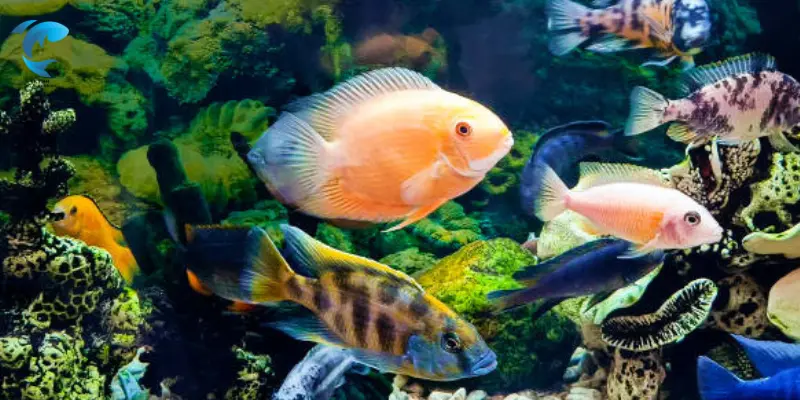
Temperature fluctuations can cause significant stress and health issues for your cichlids. Here are some common problems to watch out for:
- Temperature shock: Sudden temperature changes can stress your cichlids, causing rapid changes in behavior such as hiding, erratic swimming, or gasping for air. Always ensure gradual adjustments to prevent shock.
- Cold water effects: When the water temperature drops below the recommended range, cichlids become lethargic, stressed, and more susceptible to infections like ich.
- Overheating symptoms: If the water temperature rises too high, cichlids may start gasping for air or hovering near the surface. Prolonged overheating can be fatal.
Seasonal Temperature Tips: Winter and Summer Challenges
During the winter, your tank may experience a drop in temperature due to the cold weather. Conversely, your tank might overheat in the summer due to high room temperatures. Here’s how to manageress challenges:
- Preventing temperature drops during winter: Use a heater to maintain the ideal temperature. You can also use aquarium insulation or blankets to reduce heat loss.
- Avoid overheating during summer: Consider using fans or chillers to prevent overheating. Also, placing your tank in a more fabulous room can help.
- Using a temperature controller: To ensure precision, use a thermostat-controlled heater to maintain a steady temperature even when the room temperature fluctuates.
How Temperature Affects Cichlid Breeding
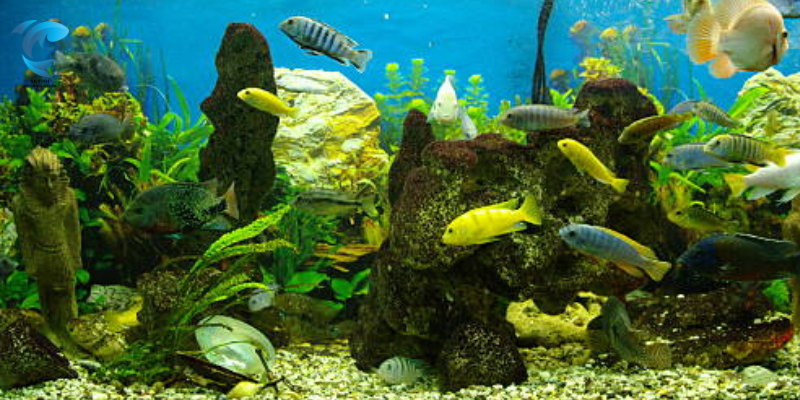
Many cichlid species rely on specific temperature ranges to trigger breeding behavior. For example:
- Discus fish require higher water temperatures (82–86°F) to begin breeding.
- Angelfish will often breed at temperatures between 78–82°F.
- African cichlids may breed at temperatures closer to 76–82°F.
Controlling temperature fluctuations in fry tanks (tanks with baby fish) is essential, as sudden drops or increases can harm the delicate fry.
Expert Tips for Stable Aquarium Conditions
- Insulated tank covers will help maintain consistent temperatures, especially in fluctuating room temperatures.
- Timer-based light and heater control: Using timers for both lights and heaters ensures your cichlids’ environmcichlids’ns stable.
- Night vs day temperature ranges: Cichlids generally prefer a slight drop in temperature at night. Ensure that night temperatures are within the ideal range.
Final Thoughts: Keep Cichlids Healthy with the Right Temp
Maintaining the right temperature for cichlids is vital for their overall health and well-being. Whether you have African, South American, or Central American cichlids, keeping the water in the recommended temperature range for each species is essential. Monitoring and controlling your tank’s temperature with the right equipment will help your cichlids thrive, breed, and remain stress-free.
By being proactive and consistent with temperature management, you can create an ideal environment where your cichlids can live long, healthy lives.
FAQ: Aquarium Temperature for Cichlids
The ideal temperature range for cichlids generally falls between 76°F to 82°F (24°C to 28°C). This temperature range supports their active behavior and promotes overall health. However, specific cichlid species may have slightly different preferences. For example, African cichlids prefer the higher end of the spectrum, while South American cichlids can tolerate a bit cooler temperatures within this range.
Use a reliable aquarium heater with an adjustable thermostat to maintain a stable aquarium temperature. Ensure the heater is sized correctly for your tank volume (usually around 5 watts per gallon). It’s also essential to have a thermometer in the tank to monitor the temperature regularly. Position the heater near a water flow to ensure an even heat distribution throughout the aquarium. If you live in a region with significant temperature fluctuations, consider investing in a temperature controller that can automatically adjust the heater if needed.
Cichlids are sensitive to sudden temperature changes, which can stress them out and lead to health problems like weakened immune systems. Rapid fluctuations, especially those greater than 2-3°F (1-2°C) in a short period, should be avoided. It’s best to adjust the temperature, such as changing the water or acclimating new fish. Consistent temperatures are key to ensuring their long-term well-being.
If the temperature is too high (above 84°F or 29°C), it can cause stress, decrease oxygen levels in the water, and lead to behavioral issues or even death. On the other hand, if the temperature is too low (below 74°F or 23°C), cichlids can become lethargic, lose their appetite, and be more susceptible to diseases. Both extreme temperatures can cause stress and impact their growth, immune system, and breeding behaviors.
Cichlids exhibit various signs of stress when the temperature exceeds their preferred range. Common signs include:
Lethargy: Fish may spend more time near the bottom or hidden in the tank.
Loss of appetite: Cichlids may refuse food if the water is too hot or cold.
Abnormal swimming behavior: Fish may swim erratically or hover near the surface.
Color changes: Stress may cause cichlids to lose their vibrant colors. If you notice these symptoms, check the water temperature and adjust as needed. Keeping the temperature within the ideal range will help keep your cichlids healthy and active.

SK Fish is your trusted source for practical fish care tips and delicious seafood recipes. Our team is dedicated to providing reliable, well-researched content for fishing enthusiasts and home cooks alike.

- Be Respectful
- Stay Relevant
- Stay Positive
- True Feedback
- Encourage Discussion
- Avoid Spamming
- No Fake News
- Don't Copy-Paste
- No Personal Attacks



- Be Respectful
- Stay Relevant
- Stay Positive
- True Feedback
- Encourage Discussion
- Avoid Spamming
- No Fake News
- Don't Copy-Paste
- No Personal Attacks





